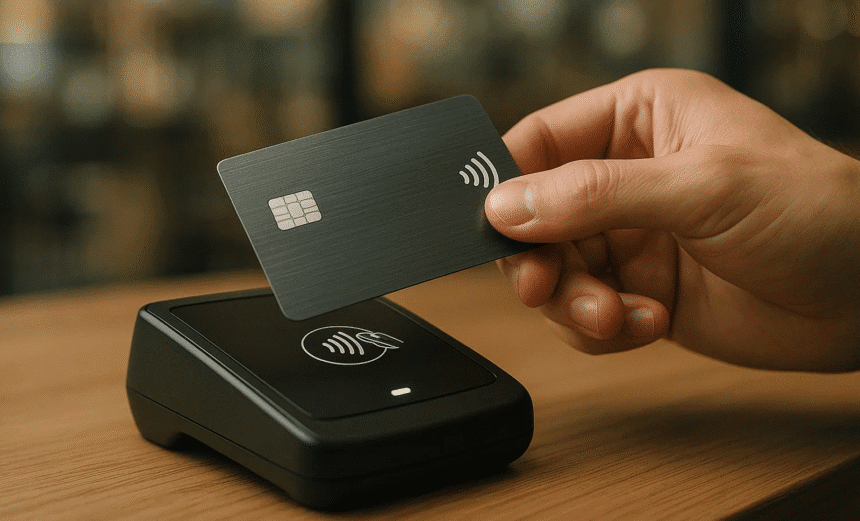In the past decade, the way people pay for goods and services has undergone a remarkable transformation. From swiping magnetic stripes to dipping EMV chips, the world has now embraced tap-to-pay as the new normal. Contactless card payments, once considered a niche feature, are now at the forefront of global financial transactions, surging in both usage and acceptance across continents.
The origins of contactless payment technology can be traced back to the mid-2000s when countries like the UK, Australia, and parts of Asia introduced the innovation. London’s public transportation system, which integrated contactless cards into its Oyster network, was one of the first large-scale success stories. Today, adoption is far broader, with markets such as Singapore, Canada, South Korea, and much of Europe leading the way. In some of these regions, contactless payments have already surpassed traditional card usage, becoming a preferred method for everyday purchases.
The reasons for this explosive growth are rooted in speed, convenience, and hygiene. A single tap on a terminal completes a transaction within seconds, far faster than swiping or inserting a chip card, and certainly quicker than counting cash. The COVID-19 pandemic further boosted usage as both consumers and merchants sought to reduce physical contact at checkout points. For retailers, the shift has been equally beneficial, as faster payments reduce queues and improve customer satisfaction, creating a win-win situation for both sides of the counter.
Looking back, the journey toward widespread acceptance was not always smooth. When the technology first appeared, many consumers were skeptical, worrying about safety and fraud. Merchants, too, hesitated to upgrade their payment terminals due to the associated costs. Yet, by the late 2010s, these barriers began to fall. Financial giants such as Visa, Mastercard, and American Express aggressively promoted the use of contactless cards, while governments and regulators supported the transition with consumer protections and transaction limits. By 2021, Visa reported that over 80 percent of face-to-face card transactions in Europe were made using contactless technology, a sign that the tide had decisively turned.
Despite the rise of digital wallets and mobile payments, the physical card continues to hold emotional and practical value. Many consumers like the tactile reassurance of carrying a card, which is compact, stylish, and increasingly designed with sleek finishes. The simple act of tapping a card carries a modern appeal, blending the familiarity of traditional plastic with the innovation of near-field communication technology. For many, the card feels like the perfect bridge between the past and the digital future.
Safety, of course, remains a central concern. Fortunately, contactless payments are generally considered secure, with transactions protected through encryption and dynamic authentication codes that make it extremely difficult for fraudsters to replicate. Banks also impose transaction limits, requiring a PIN or verification for higher-value purchases. This reduces potential losses and adds a layer of consumer confidence.
That said, the technology is not without risks. Security experts warn of potential threats such as skimming attacks, where criminals attempt to capture card data using hidden readers. Lost or stolen cards can also be misused for small purchases since no PIN is needed for low-value taps. Some consumers remain wary of so-called “digital pickpocketing,” though experts argue these fears are overstated thanks to encryption and the availability of RFID-blocking wallets. Importantly, banks and card networks continue to upgrade fraud detection systems, while consumer liability remains limited in most regions, keeping trust levels high.
Looking ahead, the future of contactless payments seems even more dynamic. Analysts predict that while mobile wallets and wearable technology will continue to gain popularity, the contactless card itself is not going anywhere soon. According to Juniper Research, global contactless card transactions are projected to surpass $10 trillion annually by 2027. For emerging markets in Africa, South America, and Southeast Asia, the growth potential is even greater, as these regions often leapfrog outdated payment systems and move straight into digital-first solutions.
In conclusion, contactless card payments have moved from novelty to necessity, reshaping the global economy and redefining how people experience everyday transactions. They combine the efficiency of modern technology with the reassurance of a physical card, offering speed, safety, and a touch of sophistication. While challenges remain, the humble tap has become more than a method of payment; it has become a symbol of the new cashless world.


















